10 Things You Need to Know About Solid Wood Flooring
Want to know more about this classic flooring option? Walk this way…
When it comes to benefits, solid wood flooring has them in abundance. It instantly adds warmth, character and value to your home and, what’s more, when solid wood is cared for, it gets better with age.
However, solid wood is an investment, so make sure you collect samples to test how different woods will look and feel in your home. It’s also advisable to get expert advice, so you have a better understanding of the different options available, what to expect from your solid wood floor, and how to look after it.
Professional advice from:
Cleo Devenish of Havwoods; Jeandré du Toit of Ecora; Shak Ditta of Woodfloors4U; Ray Scott of Ted Todd
However, solid wood is an investment, so make sure you collect samples to test how different woods will look and feel in your home. It’s also advisable to get expert advice, so you have a better understanding of the different options available, what to expect from your solid wood floor, and how to look after it.
Professional advice from:
Cleo Devenish of Havwoods; Jeandré du Toit of Ecora; Shak Ditta of Woodfloors4U; Ray Scott of Ted Todd
Why does solid wood flooring shrink and expand?
Wood is a living material and will react to the temperature of its surroundings. In winter, for example, doors and windows are shut and the heating is turned on, which will cause the relative humidity of the air to drop, thus wooden floors start to lose moisture and potentially shrink.
Conversely, when the seasons change, the heating is turned off and doors and windows are left open, resulting in a rise in relative humidity. As a result, the floor starts to absorb moisture and expand.
“Providing the increase is not too extreme, the boards will, in theory, return to their original size,” explains Cleo Devenish of Havwoods.
Wood is a living material and will react to the temperature of its surroundings. In winter, for example, doors and windows are shut and the heating is turned on, which will cause the relative humidity of the air to drop, thus wooden floors start to lose moisture and potentially shrink.
Conversely, when the seasons change, the heating is turned off and doors and windows are left open, resulting in a rise in relative humidity. As a result, the floor starts to absorb moisture and expand.
“Providing the increase is not too extreme, the boards will, in theory, return to their original size,” explains Cleo Devenish of Havwoods.
Where should I avoid installing a solid wood floor?
Solid wood does not fair well in environments that are exposed to excess moisture, heat and condensation. In these conditions, the floor will expand and warp. The general consensus is to avoid laying it in places such as the bathroom.
Check out the mistakes to avoid when planning a new bathroom
Solid wood does not fair well in environments that are exposed to excess moisture, heat and condensation. In these conditions, the floor will expand and warp. The general consensus is to avoid laying it in places such as the bathroom.
Check out the mistakes to avoid when planning a new bathroom
Why should I invest in quality?
A solid wood floor that has been processed very quickly is likely to have come from logs that are felled at any time of the year, diced and sliced for maximum yield, then dried, machined and delivered in a minimum amount of time, which creates tension in the floor, explains Devenish. “This makes it difficult to install and susceptible to absorbing moisture and, hence, movement,” she says.
The good news is that a reputable mill will remove the ‘tension’ in the board during production, which means the floor is likely to move far less before or after installation.
A solid wood floor that has been processed very quickly is likely to have come from logs that are felled at any time of the year, diced and sliced for maximum yield, then dried, machined and delivered in a minimum amount of time, which creates tension in the floor, explains Devenish. “This makes it difficult to install and susceptible to absorbing moisture and, hence, movement,” she says.
The good news is that a reputable mill will remove the ‘tension’ in the board during production, which means the floor is likely to move far less before or after installation.
How do I prepare for installation?
All flooring must be stored in the correct conditions prior to installation, stresses Jeandré du Toit of Ecora. “Ensure the site is watertight,” she says. “Also, solid wood must be allowed to acclimatise for at least 10 days prior to installation.”
A recommended room temperature of between 18° and 22°C (65° to 72°F) and relative humidity of between 45% and 65% must be maintained at all times. “Failure to maintain these conditions causes ongoing behavioural problems with the product and invalidates any warranty,” adds du Toit.
All flooring must be stored in the correct conditions prior to installation, stresses Jeandré du Toit of Ecora. “Ensure the site is watertight,” she says. “Also, solid wood must be allowed to acclimatise for at least 10 days prior to installation.”
A recommended room temperature of between 18° and 22°C (65° to 72°F) and relative humidity of between 45% and 65% must be maintained at all times. “Failure to maintain these conditions causes ongoing behavioural problems with the product and invalidates any warranty,” adds du Toit.
Who should do the fit?
Installing a solid wood floor takes skill and should be carried out by an experienced floor fitter. Fortunately, most floor suppliers provide a fitting service. The downside of this is that installation costs may be slightly higher than with an independent fitter or builder.
Installing a solid wood floor takes skill and should be carried out by an experienced floor fitter. Fortunately, most floor suppliers provide a fitting service. The downside of this is that installation costs may be slightly higher than with an independent fitter or builder.
What finishes are available?
The finishes applied to solid wood are lacquer, oil or hard wax oil, which are all used to enhance the beauty of the wood and offer differing degrees of protection.
A lacquer is essentially a plastic coating that provides a durable surface. “Lacquers can sometimes look slightly artificial, although they are advancing well and many of them now look great,” says Devenish. The one drawback with lacquer is that you can’t do much to spot-repair damage.
Oil is the most natural-looking of the finishes, but will require the most maintenance. “The oil sits in the pores of the wood, which gives good protection against moisture impregnation,” Devenish explains. “However, if it dries out, it offers almost no protection, which is why it’s so important to keep it maintained.”
Hard wax oil is a good halfway house between lacquer and oil because it looks more natural than a lacquer and requires less maintenance than oil. “You can also spot-repair the finish if it gets local damage or wear,” adds Devenish.
The finishes applied to solid wood are lacquer, oil or hard wax oil, which are all used to enhance the beauty of the wood and offer differing degrees of protection.
A lacquer is essentially a plastic coating that provides a durable surface. “Lacquers can sometimes look slightly artificial, although they are advancing well and many of them now look great,” says Devenish. The one drawback with lacquer is that you can’t do much to spot-repair damage.
Oil is the most natural-looking of the finishes, but will require the most maintenance. “The oil sits in the pores of the wood, which gives good protection against moisture impregnation,” Devenish explains. “However, if it dries out, it offers almost no protection, which is why it’s so important to keep it maintained.”
Hard wax oil is a good halfway house between lacquer and oil because it looks more natural than a lacquer and requires less maintenance than oil. “You can also spot-repair the finish if it gets local damage or wear,” adds Devenish.
What about different effects?
In addition to protective finishes, solid wood floors often go through processes to create different effects. Brushing, for example, gives the wood a textured surface; distressing produces an old, worn look. Smoking, however, is used to change the colour and appearance, mainly in oak.
“It’s when the finish changes the look of the wood completely that things get interesting,” says Ray Scott of Ted Todd. “We use a Japanese technique called Shou Sugi Ban, which involves charring antique oak and elm to produce deep, silvery tones [as pictured here].
“Another popular finish is bleaching to get an organic feel and a light, driftwood texture to the wood,” Scott adds.
In addition to protective finishes, solid wood floors often go through processes to create different effects. Brushing, for example, gives the wood a textured surface; distressing produces an old, worn look. Smoking, however, is used to change the colour and appearance, mainly in oak.
“It’s when the finish changes the look of the wood completely that things get interesting,” says Ray Scott of Ted Todd. “We use a Japanese technique called Shou Sugi Ban, which involves charring antique oak and elm to produce deep, silvery tones [as pictured here].
“Another popular finish is bleaching to get an organic feel and a light, driftwood texture to the wood,” Scott adds.
How should I look after my new floor?
The best way to protect any wooden floor is to use cloth furniture protectors under the legs of your furniture, especially tables, chairs and sofas. Mopping up spills and other liquids as soon as possible is also advisable.
“Buying from a reputable flooring company means you should be advised on the many products available to help you maintain your floor,” says Shak Ditta of Woodfloors4U. “When cleaning any wood floor, it’s important to use a lightly damp mop or microfibre cloth. Limiting the amount of water is a good measure to ensure your floor is not subjected to a soaking.”
The best way to protect any wooden floor is to use cloth furniture protectors under the legs of your furniture, especially tables, chairs and sofas. Mopping up spills and other liquids as soon as possible is also advisable.
“Buying from a reputable flooring company means you should be advised on the many products available to help you maintain your floor,” says Shak Ditta of Woodfloors4U. “When cleaning any wood floor, it’s important to use a lightly damp mop or microfibre cloth. Limiting the amount of water is a good measure to ensure your floor is not subjected to a soaking.”
Is solid wood flooring compatible with underfloor heating?
It is generally agreed that you shouldn’t fit solid wood flooring over underfloor heating because of the fluctuations in temperature. “We always ask customers if they intend fitting our floors over underfloor heating,” says Scott. “If they do, we recommend using engineered boards instead.”
Get expert advice on underfloor heating
How does solid wood measure up to engineered wood flooring? Share your opinions in the Comments below.
It is generally agreed that you shouldn’t fit solid wood flooring over underfloor heating because of the fluctuations in temperature. “We always ask customers if they intend fitting our floors over underfloor heating,” says Scott. “If they do, we recommend using engineered boards instead.”
Get expert advice on underfloor heating
How does solid wood measure up to engineered wood flooring? Share your opinions in the Comments below.





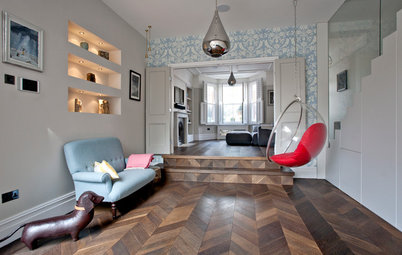
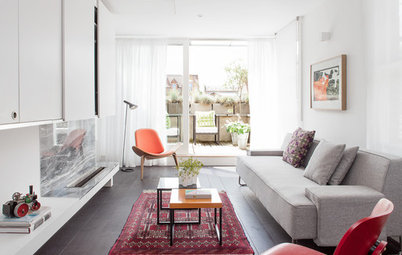
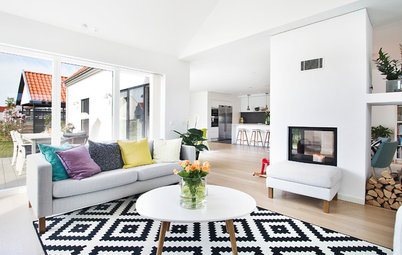
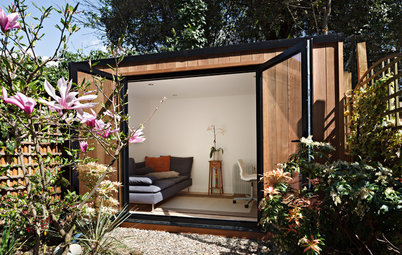
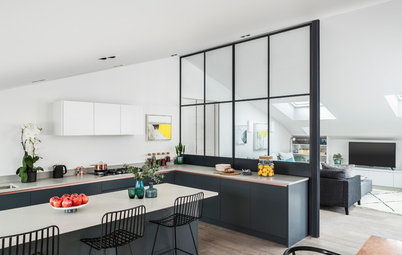
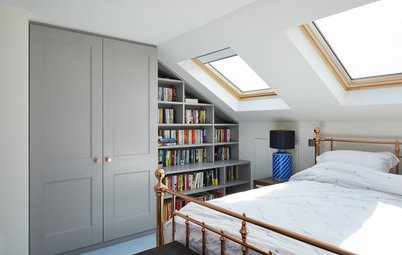
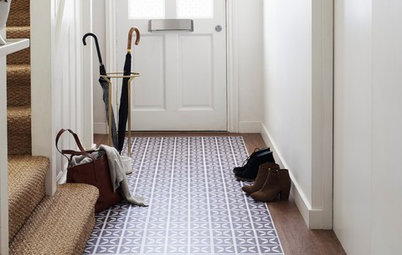
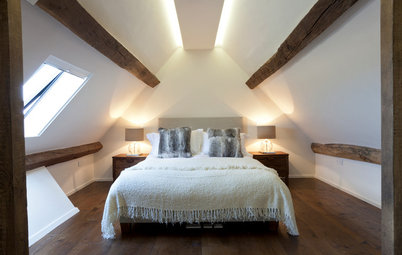
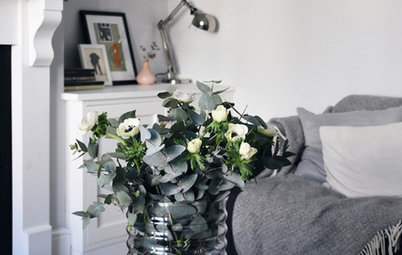
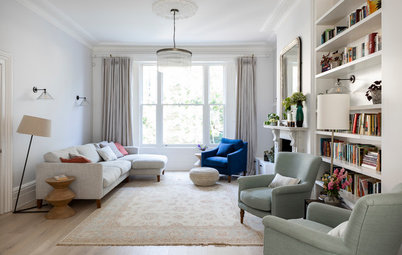
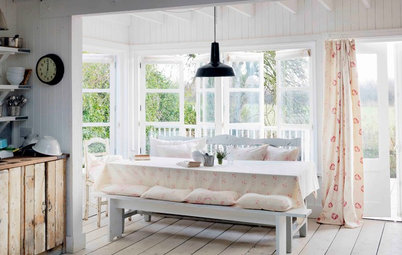
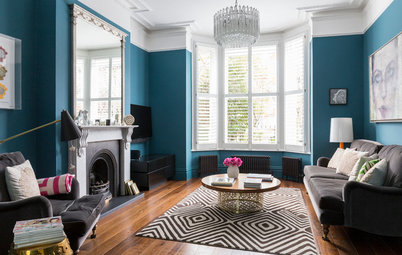
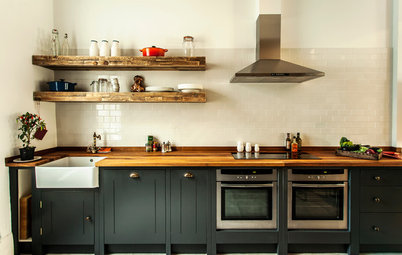
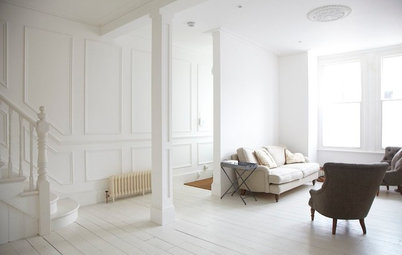
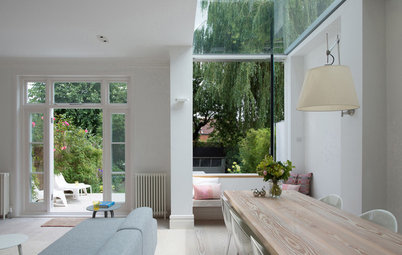


The grade of a wood is useful for assessing its overall look, and generally refers to the amount and size of visible knots or other natural marks. As a rule, the smaller the knots and more uniform the colour, the higher the grade of wood and, therefore, the price.
There are four wood grades: Prime, Select, Natural and Rustic. Prime has the lowest knot content, Rustic the highest.
“Unfortunately, there are no universal standards for grading wood. Consequently, it isn’t always possible for consumers to assume that when grades are cited, they will be comparing like with like,” says Ray Scott of Ted Todd.